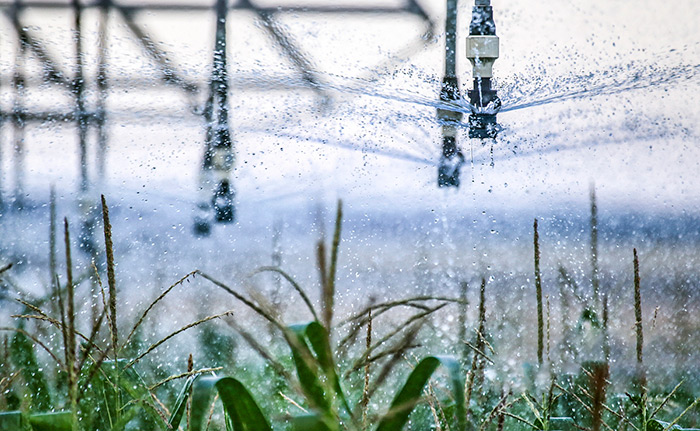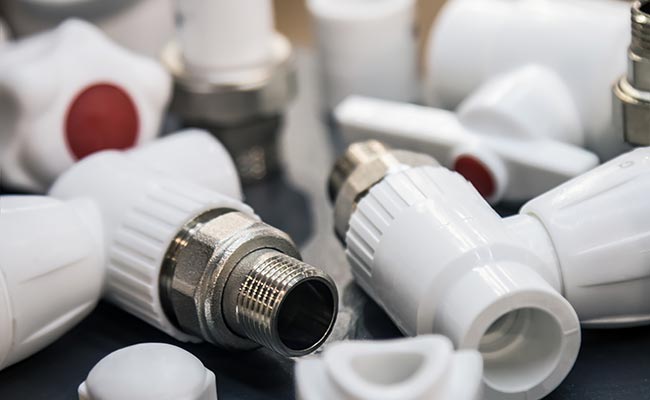Confused by all the plastic fitting options? Choosing the wrong one can lead to project delays, leaks, and costly repairs. Understanding PP fittings is key to selecting the right part.
PP fittings are connectors made from polypropylene, a tough and versatile thermoplastic. They are primarily used to join pipes in systems requiring high heat tolerance and excellent resistance to chemicals, making them ideal for industrial, laboratory, and hot water applications.
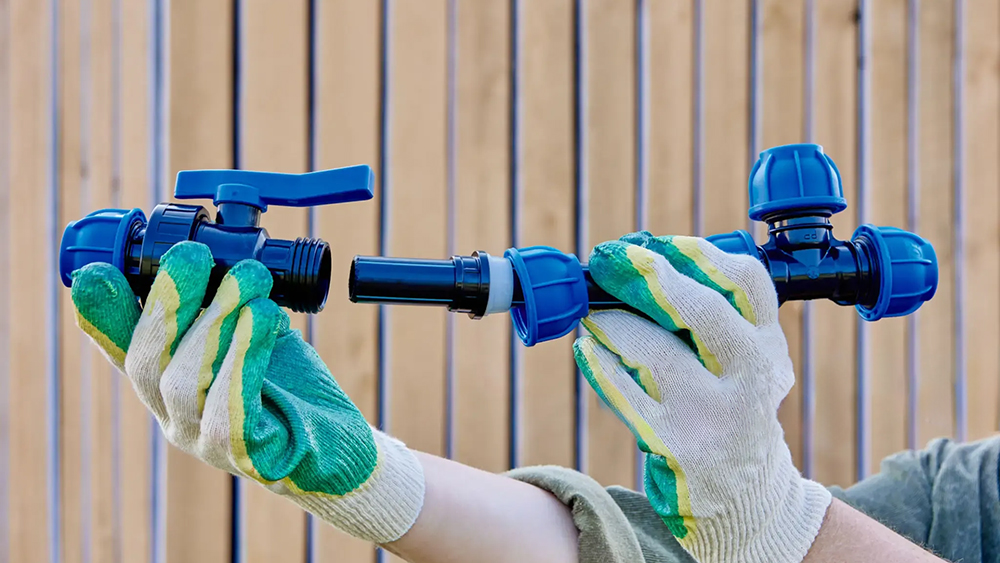
I recently had a call with Budi, a purchasing manager in Indonesia. He’s an expert in PVC but had a new customer asking for “PP compression fittings” for a laboratory renovation. Budi wasn’t entirely sure about the key differences and when to recommend PP over the PVC he knows so well. He was worried about providing the wrong advice. His situation is common. Many professionals are familiar with one or two types of piping material but find the sheer variety of plastics overwhelming. Knowing the specific strengths of materials like polypropylene is what separates a simple seller from a solutions provider. Let’s break down what makes PP fittings a critical component in modern plumbing.
What is a PP fitting?
You need to connect pipes for a demanding job, but you’re not sure if PVC can handle it. Using the wrong material will inevitably lead to system failure and expensive rework.
A PP fitting is a connection piece made from polypropylene plastic. Its primary features are high-temperature stability (up to 180°F or 82°C) and superior resistance to acids, alkalis, and other corrosive chemicals, which is why it’s chosen over standard PVC in specific environments.
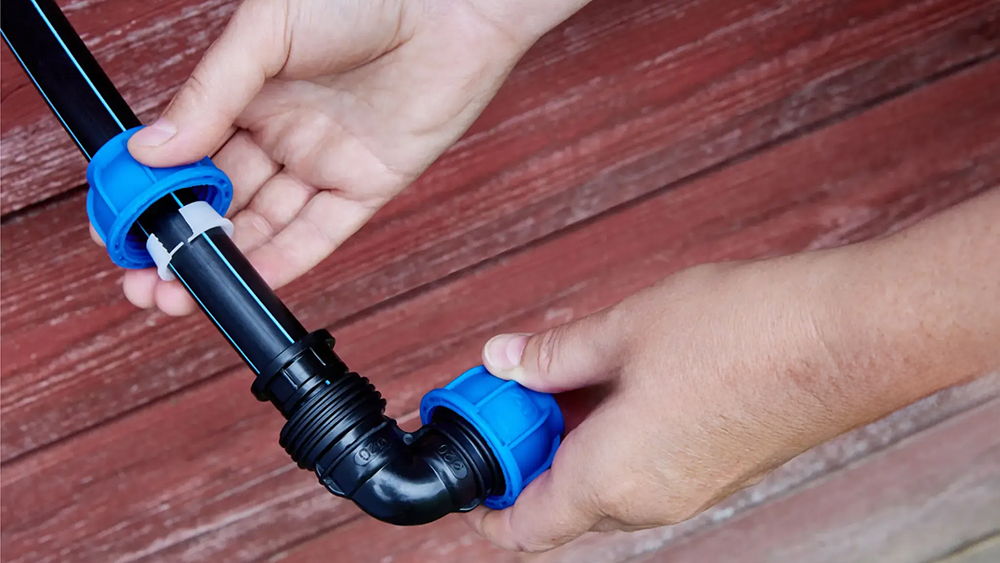
When we look closer at a PP fitting, we’re really looking at the properties of polypropylene itself. Unlike PVC, which can become brittle with certain chemicals or deform at higher temperatures, PP maintains its structural integrity. This makes it a go-to material for things like chemical waste lines in a university lab or hot water circulation loops in a commercial building. I explained to Budi that while both PVC and PP fittings connect pipes, their jobs are very different. You use PVC for general cold water plumbing. You use PP when heat or chemicals are involved. He immediately understood. It’s not about which is “better,” but which is the right tool for the specific job his customer needs to do.
PP vs. PVC Fittings: A Quick Comparison
To make the choice clearer, here is a simple breakdown of where each material shines.
| Feature | PP (Polypropylene) Fitting | PVC (Polyvinyl Chloride) Fitting |
|---|---|---|
| Max Temperature | Higher (up to 180°F / 82°C) | Lower (up to 140°F / 60°C) |
| Chemical Resistance | Excellent, especially against acids and solvents | Good, but vulnerable to certain chemicals |
| Primary Use Case | Hot water, industrial, lab drainage | General cold water, irrigation, DWV |
| Cost | Moderately higher | Lower, very cost-effective |
What does PP mean in piping?
You see the letters “PP” in a product catalog, but what do they really mean for your system? Ignoring material codes can lead you to purchase a product that isn’t suitable.
In piping, PP stands for Polypropylene. It is the name of the thermoplastic polymer used to make the pipe or fitting. This label tells you the product is built for durability, chemical resistance, and performance at elevated temperatures, distinguishing it from other plastics like PVC or PE.
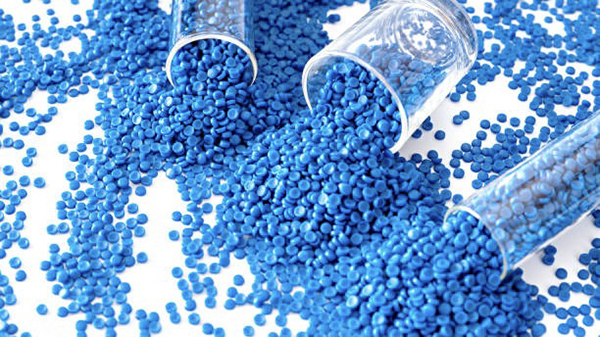
Polypropylene is part of a family of materials called thermoplastics. In simple terms, this means you can heat it to a melting point, cool it, and then reheat it again without significant degradation. This property makes it easy to manufacture into complex shapes like tee-fittings, elbows, and adapters through injection molding. For a purchasing manager like Budi, knowing “PP” means polypropylene is the first step. The next is understanding that there are different types of PP. The two most common are PP-H (Homopolymer) and PP-R (Random Copolymer). PP-H is more rigid and is often used for industrial applications. PP-R is more flexible and is the standard for both hot and cold water plumbing systems in buildings. This knowledge helps him ask his customers better questions to ensure they get the exact product they need.
Types of Polypropylene in Piping
| Type | Full Name | Key Characteristic | Common Application |
|---|---|---|---|
| PP-H | Polypropylene Homopolymer | High stiffness, strong | Industrial process piping, chemical tanks |
| PP-R | Polypropylene Random Copolymer | Flexible, good long-term heat stability | Hot & cold potable water systems, plumbing |
What is a PP pipe?
You need a pipe for a hot water or chemical line and want to avoid the corrosion of metal. Choosing the wrong pipe material could lead to contamination, leaks, and a short service life.
A PP pipe is a tube manufactured from polypropylene plastic, designed specifically to transport hot liquids, potable water, and various chemicals safely. It is lightweight, does not corrode, and provides a smooth inner surface that resists scale buildup, ensuring consistent flow over time.
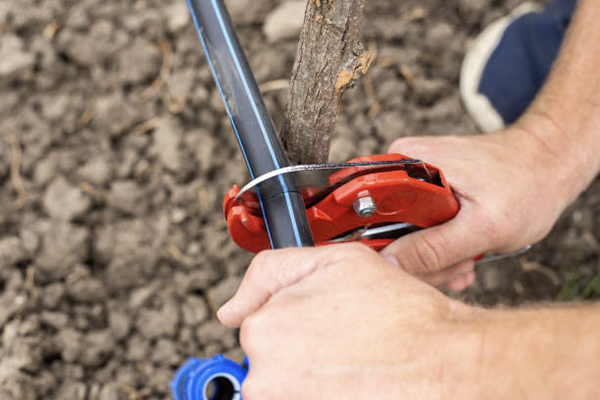
PP pipes are used together with PP fittings to create a complete, homogenous system. One of the biggest advantages is how they are joined. Using a method called heat fusion welding, the pipe and fitting are heated and fused together permanently. This creates a solid, leak-proof joint that is as strong as the pipe itself, eliminating the weak points found in glued (PVC) or threaded (metal) systems. I once worked with a client on a new food processing facility. They chose a full PP-R system for their hot water and cleaning lines. Why? Because the material wouldn’t leach any chemicals into the water, and the fused joints meant there were no crevices for bacteria to grow. This guaranteed the purity of their product and the safety of their process. For them, the benefits of PP pipe went beyond simple plumbing; it was a matter of quality control.
What are PB fittings?
You hear about PB fittings and wonder if they are an alternative to PP. Confusing these two materials can be a serious mistake, as one has a history of widespread failure.
PB fittings are connectors for Polybutylene (PB) pipes, a flexible piping material once common for residential plumbing. Due to high failure rates from chemical breakdown, PB piping and its fittings are no longer approved by most plumbing codes and are considered obsolete and unreliable.
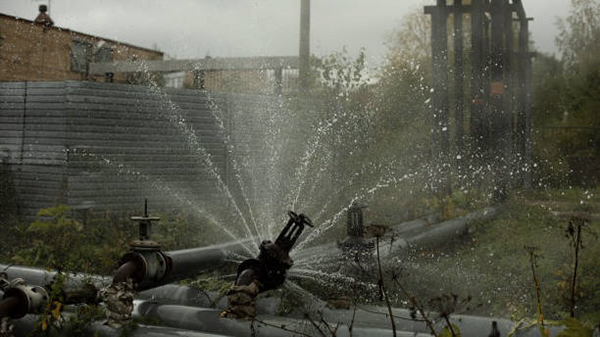
This is a crucial point of education for anyone in the industry. While PP (Polypropylene) is a modern, reliable material, PB (Polybutylene) is its problematic predecessor. From the 1970s to the 1990s, PB was widely installed for hot and cold water lines. However, it was discovered that common chemicals in municipal water, like chlorine, attacked the polybutylene and its plastic fittings, making them brittle. This led to sudden cracks and catastrophic leaks, causing billions of dollars in water damage across countless homes. When Budi gets an occasional request for PB fittings, it’s usually for a repair. I’ve trained him to immediately advise the customer about the risks of the entire PB system and recommend a full replacement with a stable, modern material like PP-R or PEX. It’s not about making a bigger sale; it’s about protecting the customer from a future failure.
Polypropylene (PP) vs. Polybutylene (PB)
| Feature | PP (Polypropylene) | PB (Polybutylene) |
|---|---|---|
| Status | Modern, reliable, widely used | Obsolete, known for high failure rates |
| Chemical Resistance | Excellent, stable in treated water | Poor, degrades with exposure to chlorine |
| Jointing Method | Reliable heat fusion | Mechanical crimp fittings (often the failure point) |
| Recommendation | Recommended for new and replacement plumbing | Advised to be completely replaced, not repaired |
Conclusion
PP fittings, made from durable polypropylene, are the go-to choice for hot water and chemical systems. They are a modern, reliable solution, unlike older, failed materials like polybutylene.
Post time: Jul-03-2025


